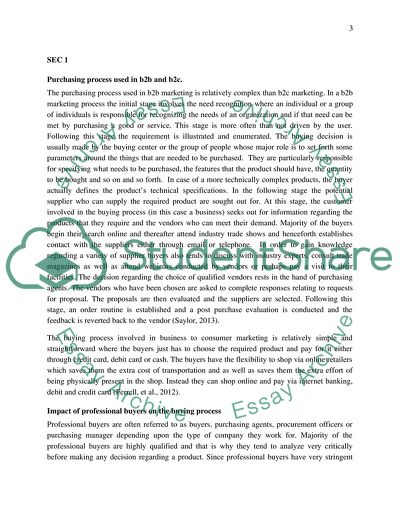Cite this document
(“E-business Foundations and Basic Concepts Assignment”, n.d.)
E-business Foundations and Basic Concepts Assignment. Retrieved from https://studentshare.org/e-commerce/1626139-e-business-foundations-and-basic-concepts
E-business Foundations and Basic Concepts Assignment. Retrieved from https://studentshare.org/e-commerce/1626139-e-business-foundations-and-basic-concepts
(E-Business Foundations and Basic Concepts Assignment)
E-Business Foundations and Basic Concepts Assignment. https://studentshare.org/e-commerce/1626139-e-business-foundations-and-basic-concepts.
E-Business Foundations and Basic Concepts Assignment. https://studentshare.org/e-commerce/1626139-e-business-foundations-and-basic-concepts.
“E-Business Foundations and Basic Concepts Assignment”, n.d. https://studentshare.org/e-commerce/1626139-e-business-foundations-and-basic-concepts.


